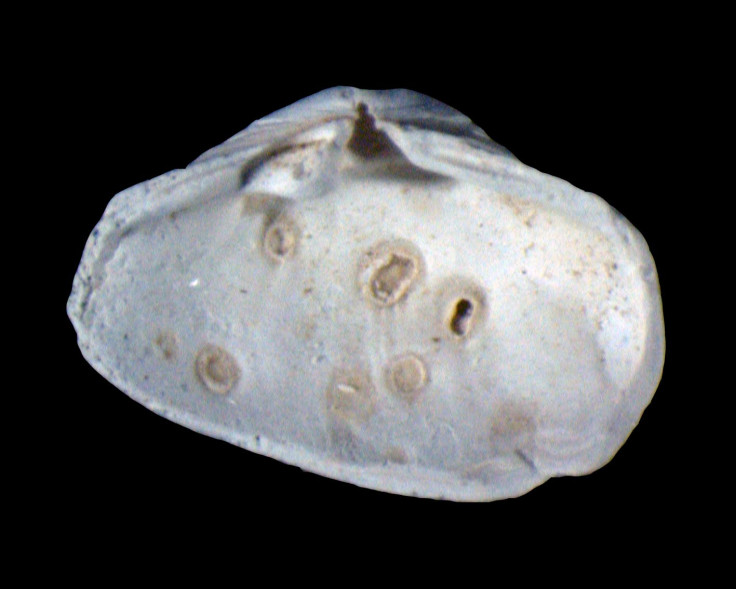Parasitic infections rising due to climate change induced sea level rise say fossil studies

A greater risk of parasitic infections due to climate change has been indicated in a study of mollusk fossils from the Holocene Epoch (that began 11,700 years ago).
A study of clams from the period shows high levels of infection by trematodes, or flatworms.
The sea level rise back then was comparable to what it is today with similar conditions.
Modern-day trematodes will first infest mollusks like clams and snails, which are eaten by birds and mammals including humans. The infections can be fatal.
Symptoms of infection in humans range from liver and gall bladder inflammation to chest pain, fever, and brain inflammation. At least 56 million people globally suffer from one or more foodborne trematode infections, according to the World Health Organization.
A paleobiologist from the University of Missouri, John Huntley, studied prehistoric clam shells collected from the Pearl River Delta in China.
When compared to documented rises in sea level in the period, he found that present day conditions can see an identical increase in trematodes in estuarine environments.
The infected clam shells develop oval-shaped pits where the clam grew around the parasite in order to keep it out.
His previous study on clams found in the Adriatic Sea also had suggested similar infections with prevalence of pits in the clam shells, establishing the link to climate change.
The study has been published in the journal, The Proceedings of the National Academy of Science.
Research at the University of Maryland had recently shown that climate change will lead to more frequent cholera outbreaks in vulnerable regions of the planet.
An IRD (Institut de recherche pour le développement) study has established clear links between emerging, new infectious diseases and climate change in taking the case of Buruli ulcer cases in Latin America.
Climate change alters transmission dynamics of infection by modifying temperature and humidity and affecting the biological cycles and life history traits of microbes.
© Copyright IBTimes 2025. All rights reserved.





















